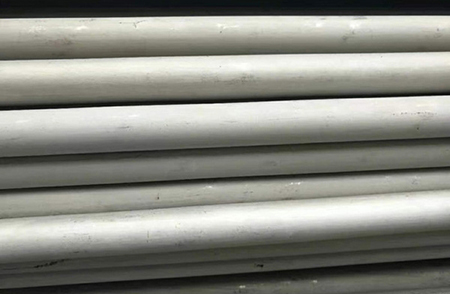What is the difference between Schedule 10 and 40 stainless steel?
Schedule 10 and Schedule 40 refer to different thicknesses of stainless steel pipe walls. These schedules are part of the American National Standards Institute (ANSI) pipe size standards, which classify pipes based on their wall thickness and pressure ratings.
Schedule 10:
This schedule refers to pipes with a relatively thin wall thickness. It is commonly used in applications where the pipe doesn't need to withstand high pressures. Schedule 10 stainless steel pipes are typically used in low-pressure applications such as residential plumbing, light industrial applications, and certain types of fluid transport where corrosion resistance is required but high pressure resistance is not a primary concern.
Schedule 40:
Schedule 40 stainless steel pipes have thicker walls compared to Schedule 10 pipes. This makes them suitable for applications where higher pressure resistance is needed. Schedule 40 stainless steel pipes are commonly used in industrial applications, such as chemical processing, petrochemical plants, refineries, power plants, and other high-pressure fluid handling systems.
In summary, the main difference between Schedule 10 and Schedule 40 stainless steel pipes lies in their wall thickness and consequently, their pressure ratings. Schedule 40 pipes are thicker and can withstand higher pressures compared to Schedule 10 pipes. The choice between the two schedules depends on the specific requirements of the application in terms of pressure, corrosion resistance, and cost.








